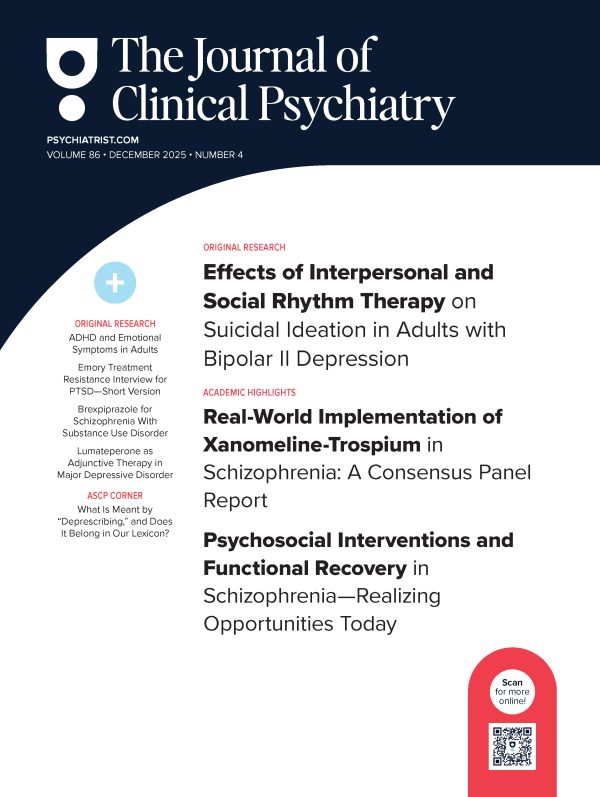Objective: Polygenic diseases are related to the complex interplay of genetic variations. We evaluated whether clusters of cholesterol- and lipid-related genetic variations are associated with Alzheimer’s disease.
Method: We analyzed 12 cholesterol-related single nucleotide polymorphisms and 48 control polymorphisms in 545 study participants (Alzheimer’s disease group N = 284; control group N = 261). Diagnoses of Alzheimer’s disease were made according to the NINCDS-ADRDA criteria. Multi-locus genetic association analysis was done with the set-association method. Dates of data collection were from January 2000 to December 2003.
Results: We identified a cluster of polymorphisms in APOE, SOAT1, APOE 5′-untranslated region, OLR1, CYP46A1, LPL, LIPA, and APOA4 conferring significant (p = .0002) susceptibility for Alzheimer’s disease. This gene cluster reached a diagnostic accuracy of 74% and correlated significantly (p = .018) with the levels of the brain cholesterol catabolite 24S-hydroxycholesterol in the cerebrospinal fluid.
Conclusion: Our results establish a novel approach for the identification of disease-related genetic clusters and demonstrate the need for multi-locus methods in the genetics of complex diseases.
Please sign in or purchase this PDF for $40.00.


